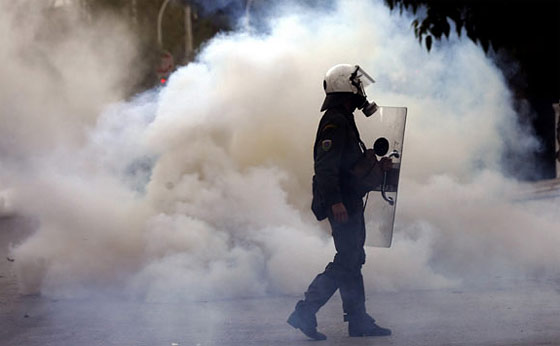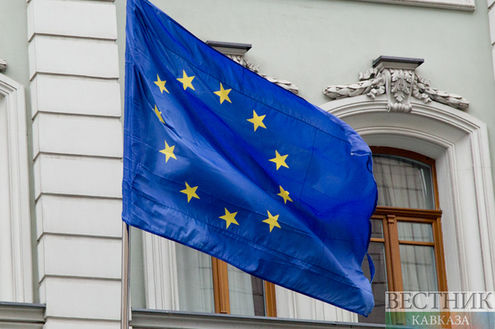The United States announced sanctions against 271 employees of Syria's Scientific Studies and Research Center (SSRC), which they believe is responsible for developing chemical weapons. According to RIA Novosti, Washington called the center "the Syrian government agency, which is responsible for developing chemical weapons of mass destruction and the means to deliver them." According to the US side, the employees, who fell under sanctions, have worked in support of chemical weapons program since at least 2012. The sanctions were imposed in response to the "sarin attack on innocent civilians in Syria's Khan Sheikhoun, which was carried out by the regime led by the Syrian dictator Bashar Assad."
Meanwhile, according to the head of the Russian Foreign Ministry’s Department for Non-Proliferation and Arms Control, Mikhail Ulyanov, terrorists in Syria do have chemical weapons, particularly mustard gas. "But we are being told, though, that they have no sarin and cannot have any. It is much better to refrain from such unequivocal statements.," Ulyanov said, listing three versions of where the terrorists might get sarin.
The first version. They can produce sarin by themselves. "It is known that they acquired the necessary equipment and expertise for that. They have chemists trained at Western universities. They have helicopters seized from the Syrian army, the pilots from the former Iraqi army of the times of Saddam Hussein," Ulyanov said.

The second version. "A couple of years ago Muamar Gaddafi’s brother said in one of the interviews that after the death of the Libyan Jamahiriya’s leader the ISIS (a terrorist group outlawed in Russia) and other terrorist groups obtained access to underground storages of chemical weapons, including sarin. According to different sources, five to seven barrels containing sarin were stolen. The chemical warfare agents emerged on the black market. It should not be ruled out they may have reached Syria and were used there. The situation involving the well-known chemical weapons that belonged to Libya is a strong argument against ruling out that possibility. A storage facility that had kept 720 tonnes of chemical warfare agents for a long time remained beyond the control of the Organization for the Prohibition of Chemical Weapons (OPCW). When OPCW specialists visited that facility they found out that only 500 tonnes of the original 720 tonnes was left. Some 220 tonnes disappeared. Either evaporated or ended up in the hands of terrorists and then taken to other countries of the Middle East, including Syria," the diplomat suggested.

The third version. "After the invasion of Iraq the US and the UK established control of a warehouse of old chemical weapons that belonged to the Saddam Hussein regime. According to their statements, part of that stockpile was eliminated on site in Iraq, and another part taken out of the country. That was operation was accompanied by crude violations of the Chemical Weapons Convention. The elimination of chemical weapons is permitted only with OPCW experts overseeing the process.. But, apparently, these two countries do not quite trust the OPCW and preferred to dispose of all amount on their own. Nobody can swear that all chemical weapons were eliminated then," Ulyanov said.
He focused on the fact that these are only versions that should be probed into. "But such an investigation is precisely what the Western partners have been trying to upset," the Russian diplomat stressed.






